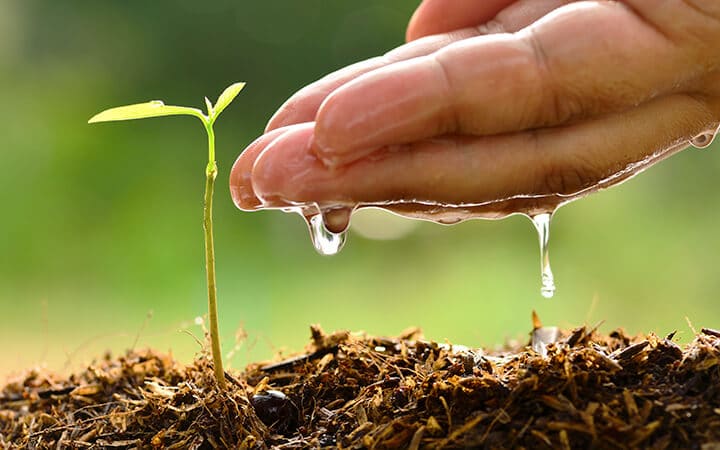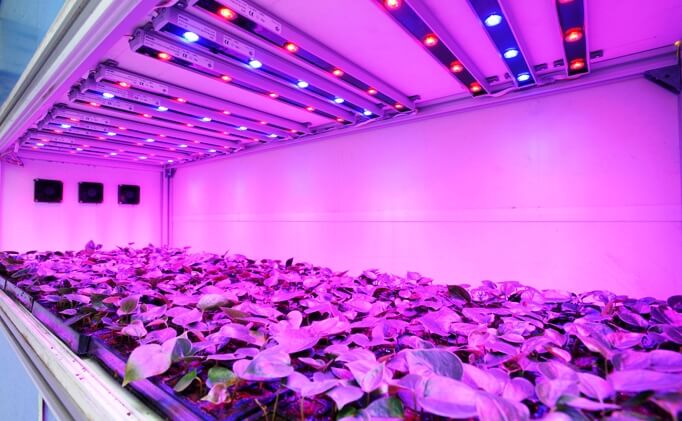Are you ready to create a fruitful and beautiful garden this spring? With the right planning and preparation, you can achieve a bountiful harvest that will leave you feeling satisfied and proud.
That’s why we’ve created ‘Spring into a Bountiful Garden: Your Ultimate Guide’. This comprehensive guide will help you optimize your time and plan for all your garden needs, including soil, nutrients, weed and fungal control, mulch, garden design, irrigation, weather, and USDA zones.
By following this guide, you’ll be able to create a schedule that will result in faster growth and blooming. Whether you’re a seasoned gardener or just starting out, this guide will provide you with the tools and knowledge you need to succeed.
So let’s dive in and get started on your journey to a bountiful garden!
Quick Takeaways
- Comprehensive planning is necessary for a beautiful and bountiful garden, taking into account factors such as soil, nutrients, weed and fungal control, garden design, irrigation, weather, and USDA zones.
- Planning before planting can result in faster growth and blooming, with a list of desired plants and tasks helping to create a schedule.
- Preparing for a spring garden includes inventorying supplies, creating a gardening budget, completing construction projects, and prepping the soil with compost and fertilizer.
- Constructing efficient structures, such as raised beds and irrigation systems, can help increase garden efficiency and enjoyment, while tilling soil helps beneficial microbes and seedling roots flourish.
Planning for Success
You need to create a comprehensive plan if you want to have a successful garden. Start by preparing the soil, which is the foundation of any garden. Test your soil to determine its pH level and nutrient content. Depending on the results, you may need to add amendments such as compost, manure, or lime to improve the soil quality and fertility.
Next, choose the plants that are best suited for your garden’s conditions. Consider factors such as the amount of sunlight, water, and nutrients your plants will need to thrive. Select plants that are adapted to your USDA zone, which will help ensure that they’re hardy enough to survive in your climate.
When you have a clear plan in place, you’ll be able to create a beautiful and productive garden that’ll provide you with fresh produce and a serene outdoor space to enjoy.
How Does Composting Boost Your Garden’s Growth in Spring?
Composting plays a key role in enhancing your garden’s growth in spring. By incorporating egg-cellent composting into your gardening routine, you enrich the soil with valuable nutrients and organic matter. This nutrient-rich compost increases the soil’s fertility, improves moisture retention, and promotes a healthy environment for plant growth. The result? A thriving garden with vigorous plants ready to bloom and produce an abundant yield.
Preparing Your Garden
First, take a look at your garden supplies and make a list of what you need to purchase. This will help you prepare for a successful growing season. Here are a few things to consider:
- Stock up on seed starting mix, pots, and trays, and plant markers.
- Purchase fertilizers and soil amendments for your garden beds.
- Invest in a soil testing kit to determine any nutrient deficiencies and adjust accordingly.
Next, focus on prepping your soil for planting. Start by adding compost to your garden beds. This will help improve soil structure and provide essential nutrients for your plants. Here are some composting tips:
- Use kitchen scraps, leaves, and grass clippings to create your compost.
- Turn your compost pile every few weeks to ensure proper aeration.
- Mix in some organic matter, like shredded bark or straw, to help balance the carbon-to-nitrogen ratio.
Finally, test your soil to see if you need to adjust the pH level. Most plants prefer slightly acidic soil, with a pH of 6.0 to 7.0. If your soil is too alkaline, add sulfur to lower the pH. If it’s too acidic, add lime to raise the pH.
By taking these steps, you’ll be well on your way to a beautiful and bountiful garden this spring.
Tips for a Successful Season
To ensure a successful growing season, it’s important to consider constructing efficient structures in your garden. This can make gardening tasks easier and more enjoyable, while also increasing the overall efficiency of your garden. For example, consider building raised beds for better garden performance and easier planting and harvesting.
Additionally, installing permanent poles with hooks for shade cloth in the summer can provide much-needed relief for your plants during hotter months.
Another key to a successful season is to stay on top of planting techniques and seasonal maintenance. This includes knowing when to plant specific crops and using proper planting methods, such as the count back method for determining planting times for seeds.
It’s also important to regularly maintain your garden throughout the season, such as by weeding and fertilizing as needed. By staying on top of these tasks and utilizing efficient structures in your garden, you can enjoy a bountiful harvest and beautiful yard all season long.
Frequently Asked Questions
What are some common pests that can damage spring gardens and how can they be prevented?
Preventing garden pests is crucial for a successful spring garden. Natural weed control techniques, such as hand-pulling and mulching, can help. Companion planting, using pest-repelling plants, and rotating crops can also prevent infestations.
Are there any specific plants or vegetables that should not be grown together in a spring garden?
When Companion Planting, consider Soil Compatibility. Some plants have different nutrient needs and can compete with each other for resources. Research before planting and group crops with similar soil requirements.
What are some natural ways to control weeds in a garden without using harmful chemicals?
Looking to control weeds naturally? Try companion planting to deter weeds and mulching techniques to reduce their growth. Plant marigolds and nasturtiums to repel pests and cover soil with organic mulch to suppress weed growth.
How can gardeners attract beneficial insects to their garden to help with pollination and pest control?
Attract beneficial insects by companion planting and DIY insect habitats. Grow plants like marigolds, lavender, and dill to attract bees, ladybugs, and praying mantises. Provide water sources and shelter for insects to thrive and control pests.
What are some tips for extending the growing season and harvesting crops beyond the spring months?
Want to extend your growing season beyond spring? Try greenhouse gardening or container gardening. Both allow for controlled environments and protection from weather and pests. Start small and experiment with different crops.









